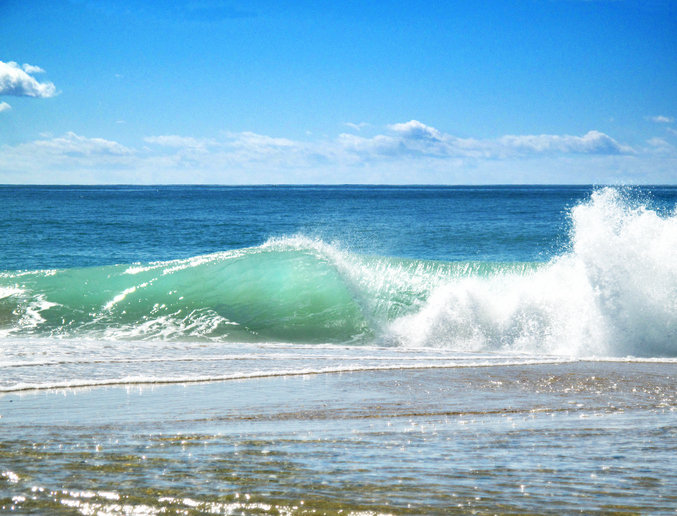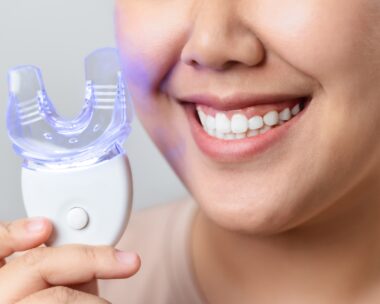Exfoliating products that contain plastic microbeads are polluting the world’s oceans, so much so that 35% of fish recently surveyed had the plastic beads in their stomachs*.
That’s fish that then goes onto be the food on our plates, and the meals of larger sea creatures.
So, what do we do to prevent our all-important oceans from turning into a giant plastic and poisonous soup?
First things first, it’s time to ditch the microbeads.
Leading New Zealand beauty brand Trilogy is associated with the Beat the Microbead campaign, which is attempting to educate both corporations and individuals about the dangers of microplastics in our oceans.

Trilogy’s Gentle Facial Exfoliant is microbead free
“These tiny beads are having a massive impact on marine life and disrupt the natural balance of our oceans”, comments Corinne Morley, Trilogy UK Sales and Marketing Manager and in-house beauty expert.
“The seriousness of this problem has led several states and countries, including California and Canada, to ban microbeads in cosmetic products. Awareness of the problem has been raised by focused action from international campaigns like ‘Beat the Microbead.’”
Trilogy offer their own natural and non-plastic bead containing face scrub – Trilogy Gentle Facial Exfoliant – which harnesses all the goodness of sweet almond, evening primrose and organic rosehip oils. It also gets extra help from honey enzymes, camellia oil, macadamia nut and calendula.
Most importantly however, the scrub has tiny biodegradable and ocean safe natural jojoba wax microspheres, which gently polish the face without irritating it or polluting the environment.
You can view the microbead status of popular brand’s products by looking at this Good Scrub Guide.
- Chr.M. Boerger et al., ‘Plastic ingestion by planktivorous fishes in the North Pacific Central Gyre’, in: Marine Pollution Bulletin 60 (2010), pp. 2275-2278.




